June 13, 2025 | 07:14 GMT +7
June 13, 2025 | 07:14 GMT +7
Hotline: 0913.378.918
June 13, 2025 | 07:14 GMT +7
Hotline: 0913.378.918
The agro-climatic bulletins (ACBs) is a collaborative initiative between the Department of Crop Production and Plant Protection (under the Ministry of Agriculture and Environment) and the International Center for Tropical Agriculture (CIAT), launched in 2019. The initiative aims to provide farmers with seasonally updated technical crop recommendations based on analyses of weather, climate conditions, and crop characteristics.
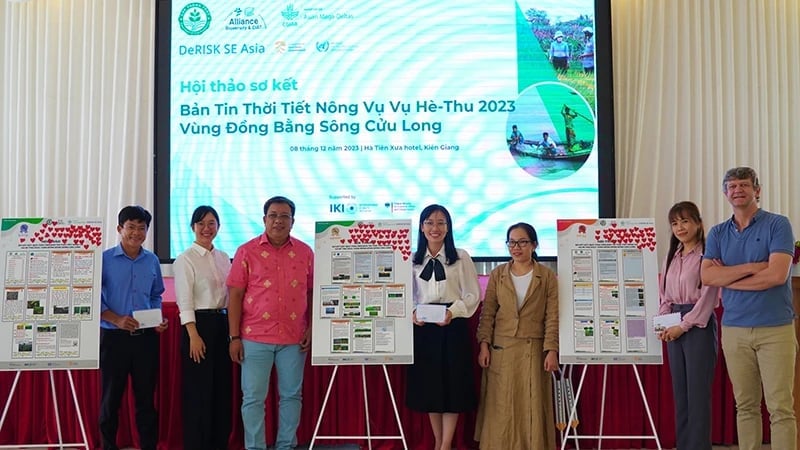
The agro-climatic bulletins from Bac Lieu, An Giang, and Kien Giang provinces were selected by the Technical Working Group as the most effective in 2023. Photo: CIAT.
Mr. Kee Swans, Regional Lead of Climate Action in Asia at CIAT, shared that the organization has closely collaborated with the Crop Production and Plant Protection Department to establish Technical Working Groups. These groups are responsible for developing and disseminating climate recommendations through 10-day, monthly, and seasonal bulletins to support farmers in making informed decisions at each stage of production.
Specifically, the 10-day bulletin provides forecasts on weather, climate, pest outbreaks, water quality, agricultural product prices, and context-specific technical recommendations. This enables farmers to adjust their sowing schedules, irrigation, fertilization, and pest control practices in a timely and effective manner.
The monthly bulletin offers similar content but extends the forecast period, helping farmers to plan ahead and better manage production risks.
Meanwhile, the seasonal bulletin serves a more strategic purpose, offering an overview for the entire crop cycle based on comparisons with multi-year average weather conditions. This enables farmers to identify major risks to the crop season and develop tailored production, care, and crop protection plans for each growth stage and local conditions.
As of the first quarter of 2025, the agro-climatic bulletins has been implemented in 714 communes and 71 districts across 13 provinces in the Mekong Delta region. Over 55,000 people have registered to receive the agricultural bulletins via Zalo, while a total of more than 290,000 people access the information through loudspeakers, posters, and training sessions that provide daily weather forecast updates.
Sharing about the positive impact of this climate service initiative, Mrs. Nguyen Thi Thu Huong, Deputy Director of the Crop Production and Plant Protection Department, stated that forecasts with over 80% accuracy have helped farmers promptly adjust sowing schedules, select suitable crop varieties, and proactively prepare pest control measures and scientifically manage irrigation.
Results from various areas show a reduction in production costs by 10-15%, an increase in rice yields by 5-8%, contributing to higher incomes and greater peace of mind each cropping season.
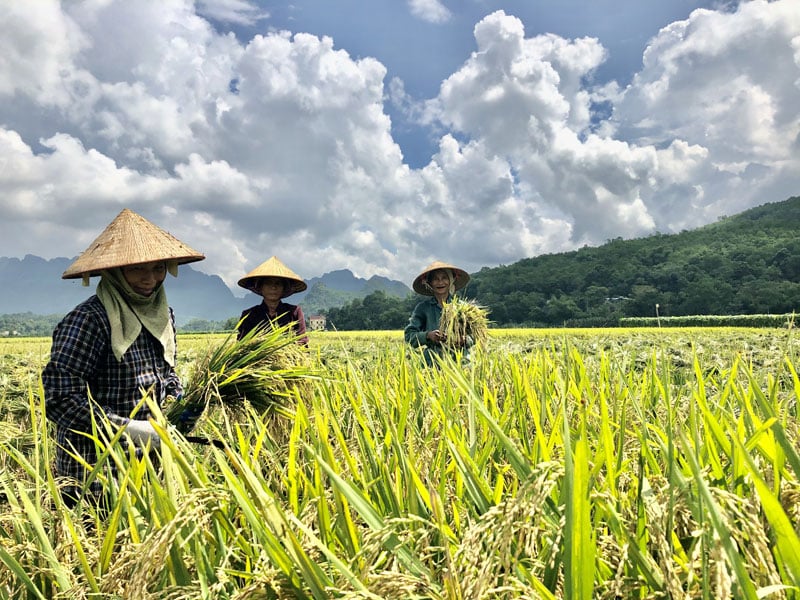
The agro-climatic bulletin assists to reduce production risks for farmers and encourages them to adopt advanced cultivation techniques.Illustration photo.
“The agro-climatic bulletin is a technical advancement that helps integrate climate advisory services into provincial and district work plans,” affirmed Mr. Kees Swaans.
To enhance accessibility and effectiveness, the agricultural bulletin is continuously improved and updated. The latest version is currently being piloted in An Giang, Soc Trang, and Hau Giang provinces, initially showing many positive effects.
Instead of receiving plain text content, farmers now have access to a “practice card” printed with vivid illustrations that guide them on how to identify pests early, accompanied by QR codes linking to short videos that demonstrate technical procedures, such as applying biological pesticides or proper fertilization. After four issues, 90% of technical staff and farmers reported that they find it easier to grasp the techniques, save time searching for information, and confidently apply them directly in the fields.
According to Deputy Director Nguyen Thi Thu Huong, the ACBs is no longer a technical information-based source but has become a “companion” alongside farmers.
After more than five years of implementation, the ACBs have proven their practical effectiveness. Deputy Director Nguyen Thi Thu Huong emphasized, “The Crop Production and Plant Protection Department will continue to collaborate with CIAT to expand this application, not only covering the entire Mekong Delta region but also extending to other localities across the country.”
To ensure effective deployment, close coordination among central management agencies, local departments, and scientists is essential. The Department has proactively cooperated with the National Centre for Hydro-Meteorological Forecasting and localities to update climate forecast information, support weather situation assessments, and develop appropriate recommendations.
Additionally, the Department will focus on building technical teams from the provincial to the communal level and establish coordination mechanisms among units such as the Crop Production and Plant Protection Sub-departments to co-develop bulletin content. Each team will be responsible for producing bulletins tailored to their respective areas based on actual local conditions related to climate, crops, agricultural inputs, and human resources.
Despite existing challenges such as varying implementation capacities between provinces and districts, costs of customizing bulletins for different climatic zones, and the need to upgrade digital infrastructure and resources, the Department will work with localities to find solutions and resolve obstacles to ensure the sustainability of this very useful initiative.
The agro-climatic bulletin and agricultural insurance are gradually becoming two key pillars supporting farmers, aiming to reduce production risks, encourage the adoption of advanced cultivation techniques, and create a smart and sustainable agricultural ecosystem.
The Deputy Director pointed out that the agricultural bulletin helps farmers proactively adjust cropping schedules, manage irrigation, and prepare fertilizers and plant protection chemicals appropriately, thereby minimizing damage from the “root” before climate incidents occur. As a result, the frequency and severity of crop losses decrease, leading to fewer insurance claims and allowing insurance premiums to be adjusted reasonably.
Conversely, when the bulletin provides accurate forecast data, insurance companies have better conditions to design more flexible insurance products, reduce claim waiting times, and optimize risk monitoring costs.
The agro-climatic bulletin serves as a tool to help farmers reduce losses, while insurance acts as the ultimate "safety net," ensuring financial security when incidents exceed control. Using both in combination creates a comprehensive risk management chain: from warning, response, to compensation.
Translated by Phuong Linh
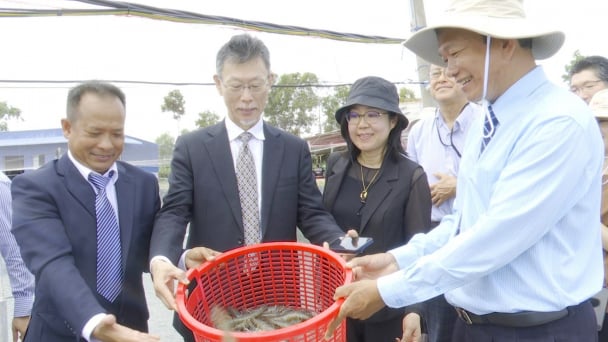
(VAN) In Tien Giang, a high-tech shrimp farm has developed a distinctive energy-saving farming model that has yielded promising results.
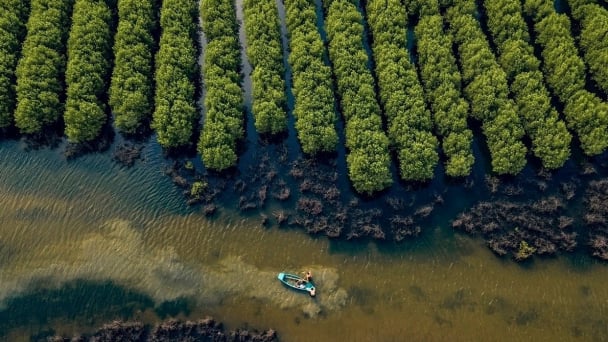
(VAN) Blue carbon is receiving attention for its rapid absorption capacity and vast potential. It represents a promising nature-based solution to respond to climate change.
/2025/06/11/3507-1-161904_583.jpg)
(VAN) Seagrass beds and coral reefs serve as 'cradles' that nurture life in the ocean depths, creating rich aquatic resources in Vietnamese waters.
![Turning wind and rain into action: [1] Forecasting for farmers](https://t.ex-cdn.com/nongnghiepmoitruong.vn/608w/files/news/2025/06/11/e5a48259d6a262fc3bb3-nongnghiep-111919.jpg)
(VAN) Weather is no longer just a matter of fate. Forecasts have now become an essential companion for farmers in every crop season.
/2025/06/10/2501-3-082025_983.jpg)
(VAN) Mr. Le Hoang Minh, Head of Vinamilk's Net Zero project, recently shared insights on the integration of production, energy, and technology in Vinamilk’s green transition journey.
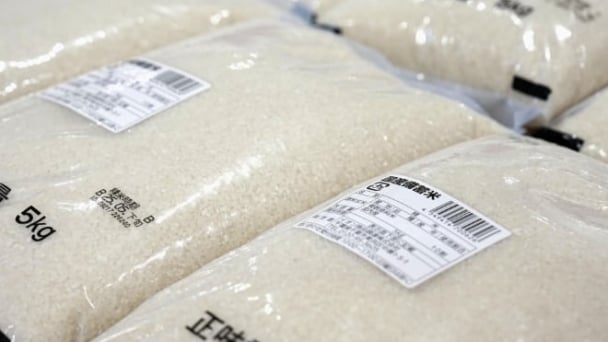
(VAN) Over half of large-scale rice producers feel that store prices for rice are 'too high', indicating that many of them share concerns with consumers about the elevated cost of the staple food in Japan.